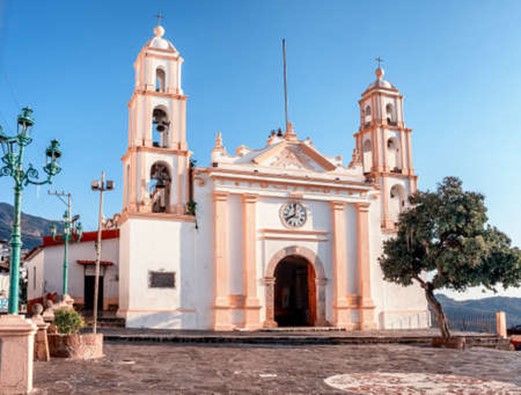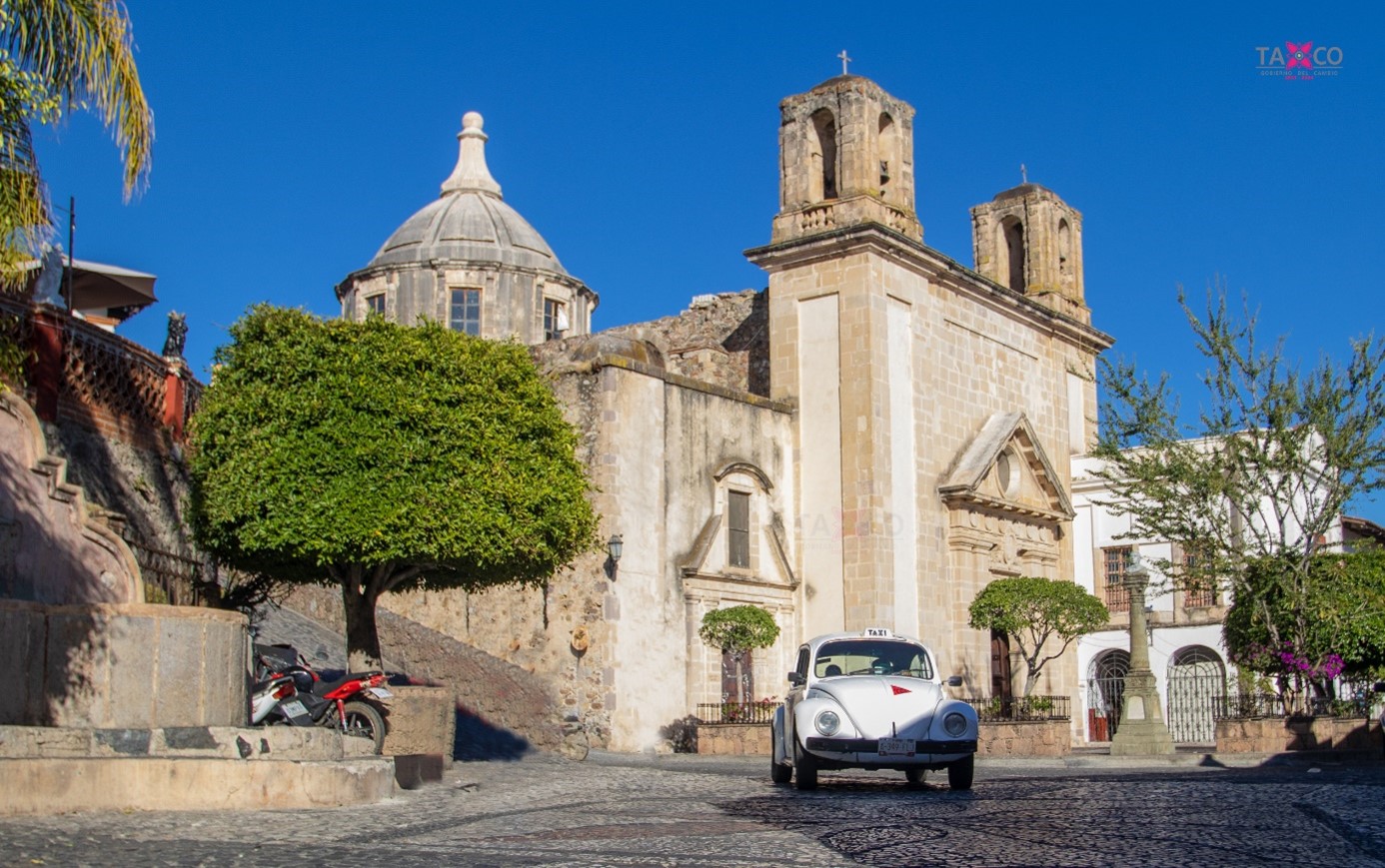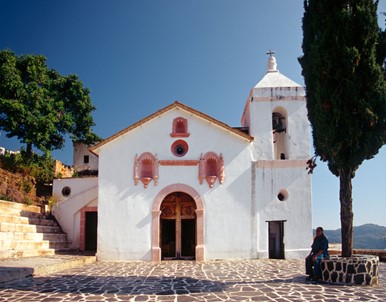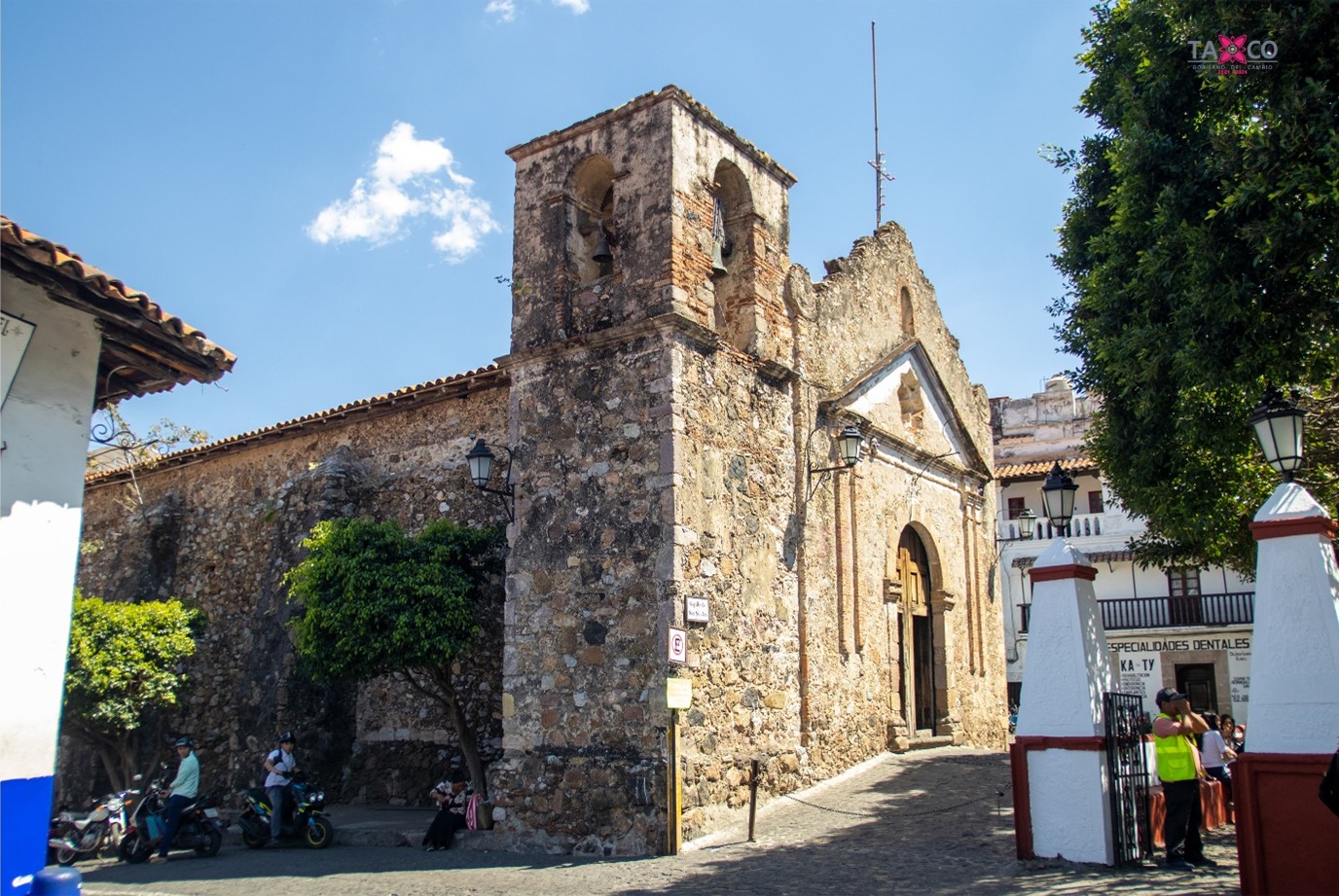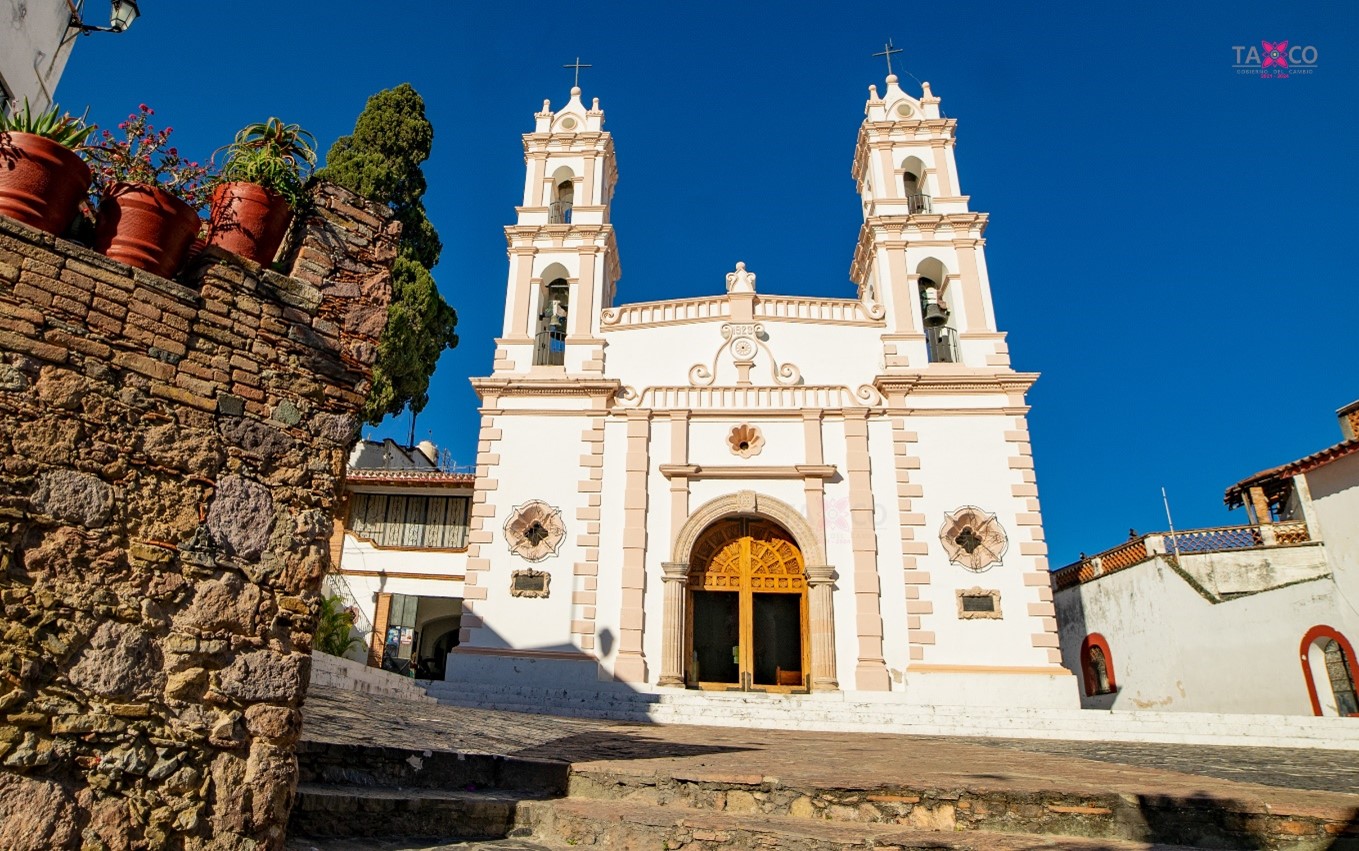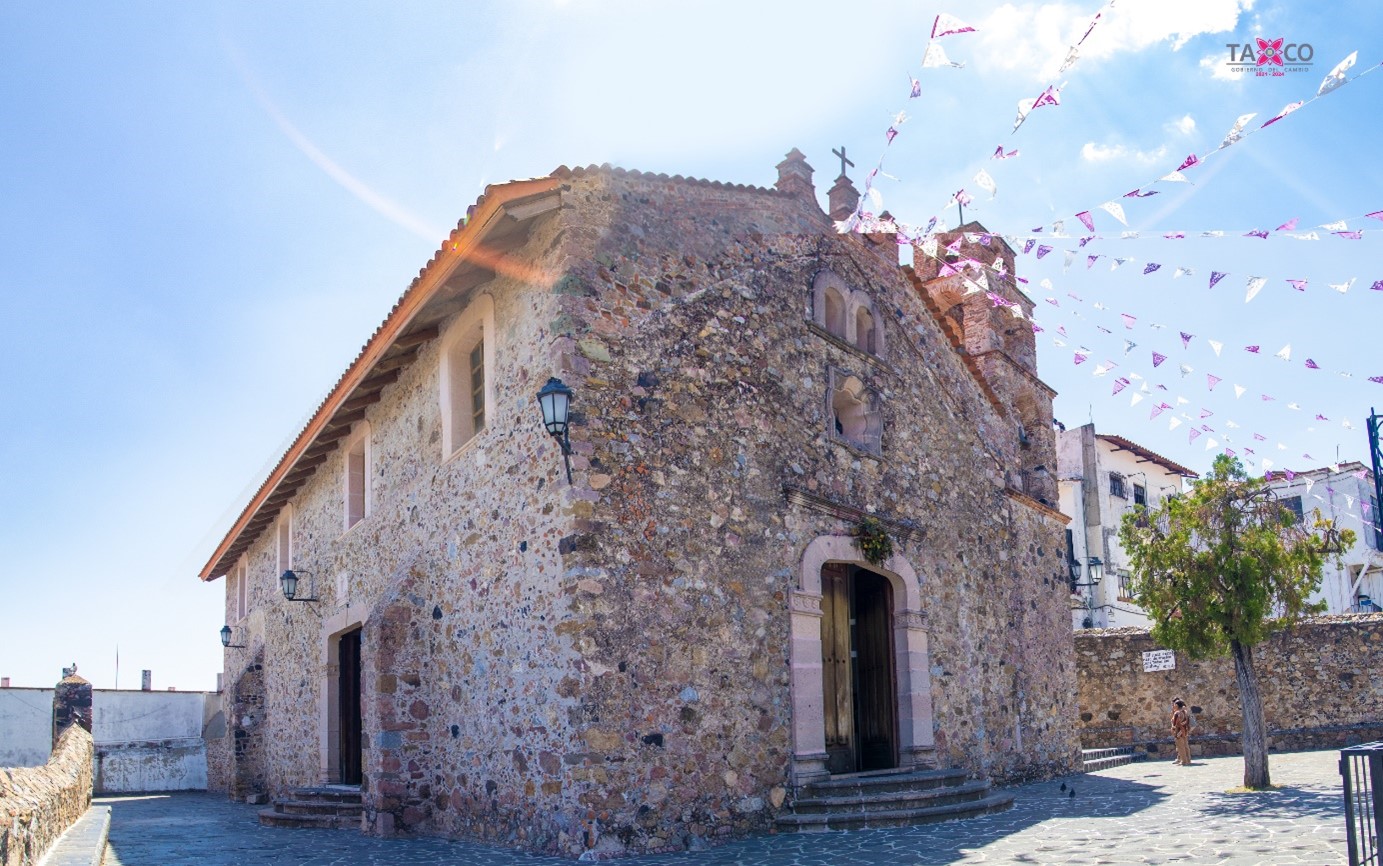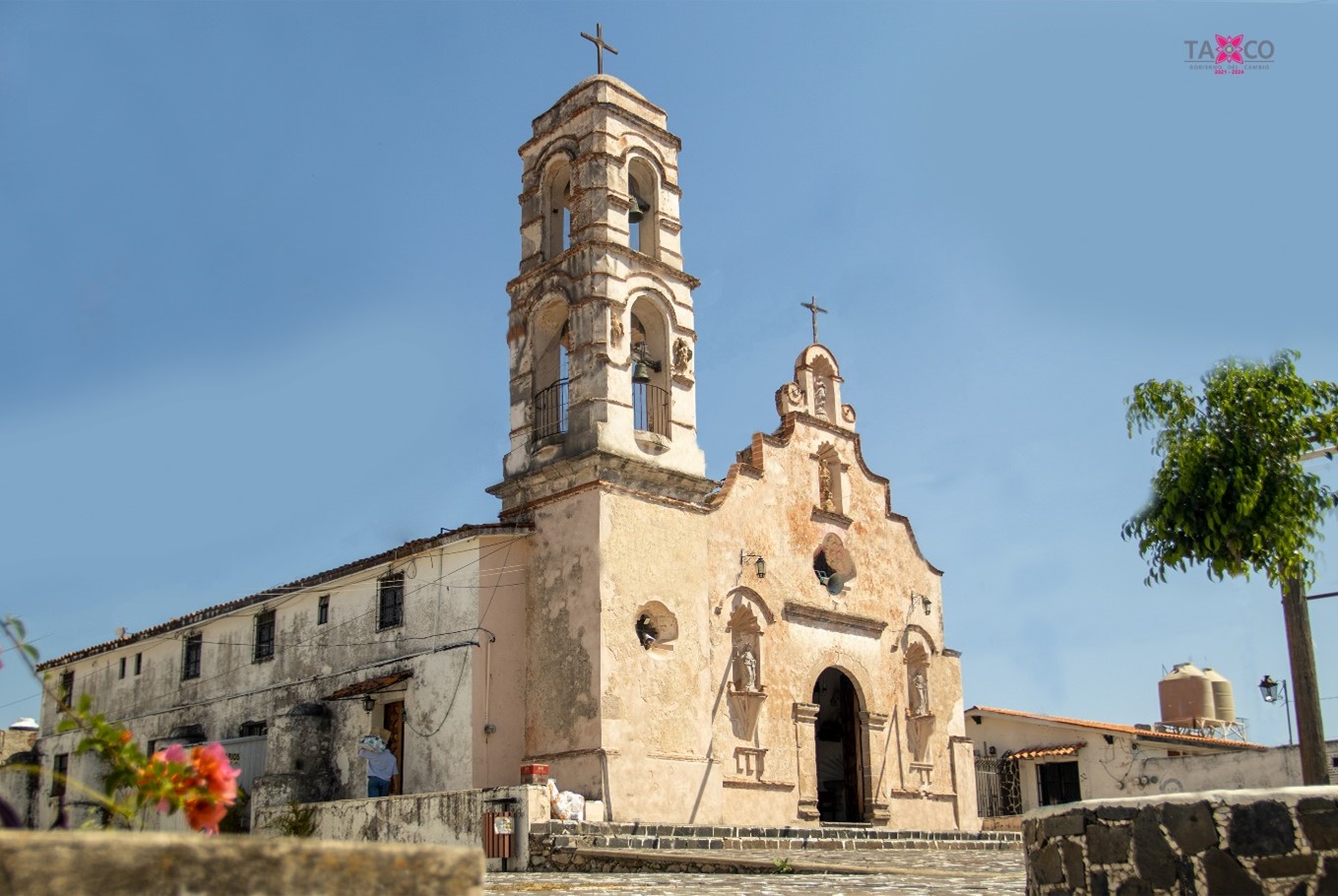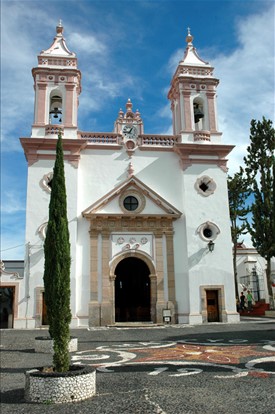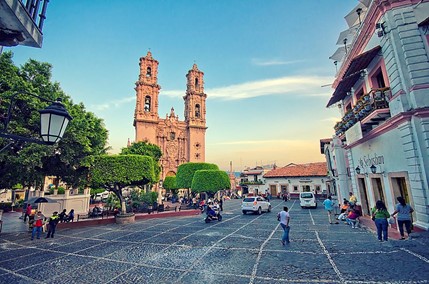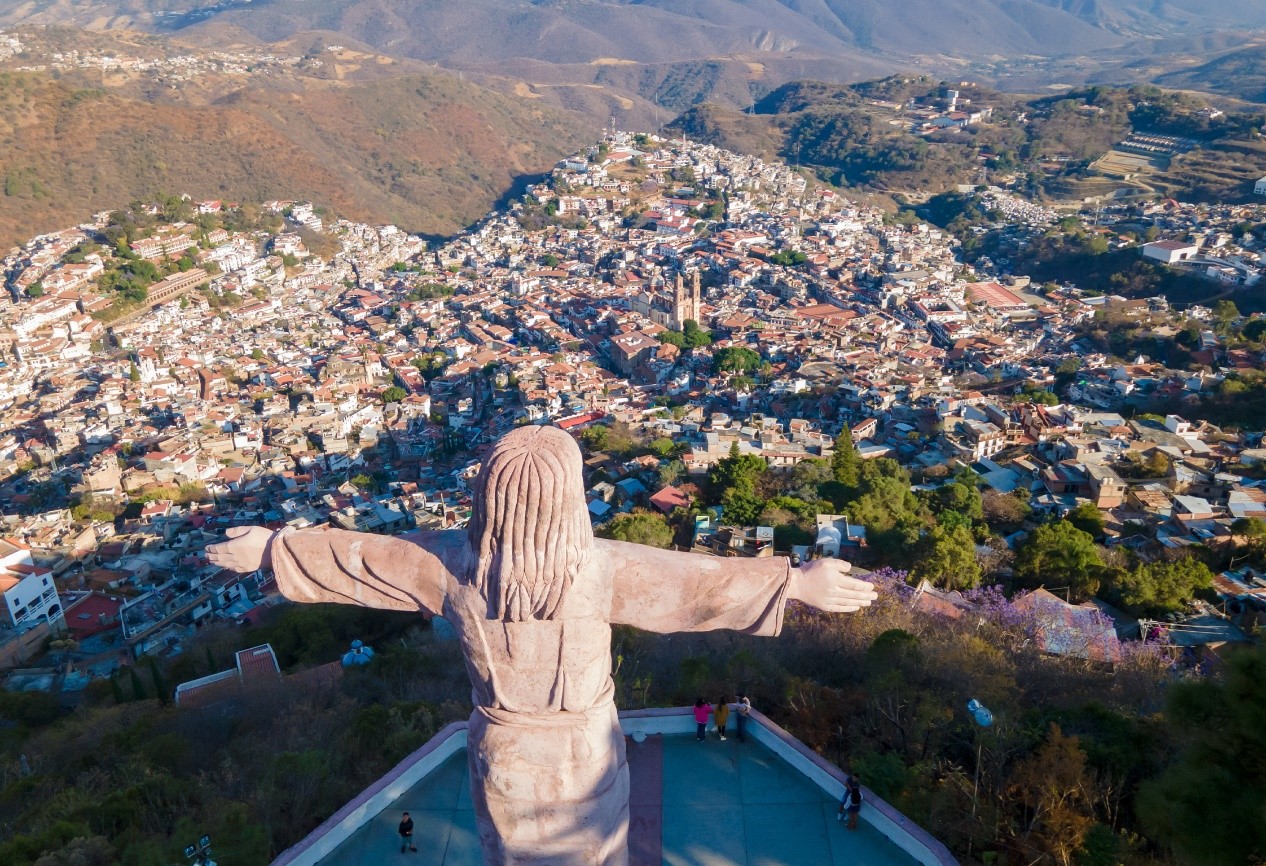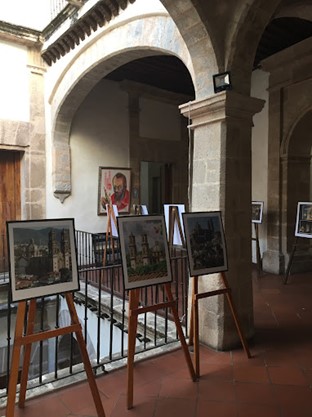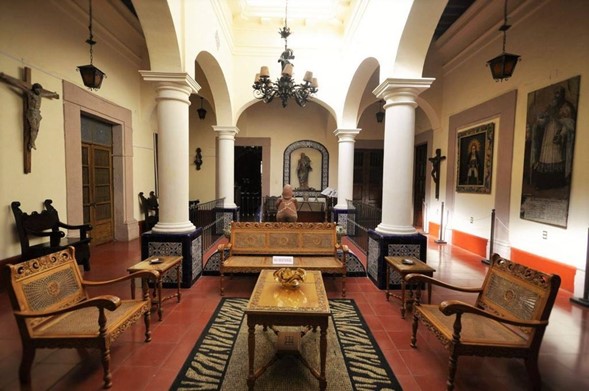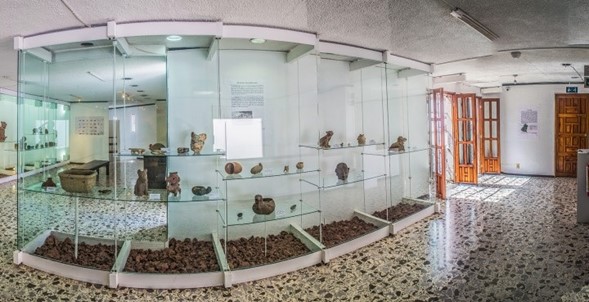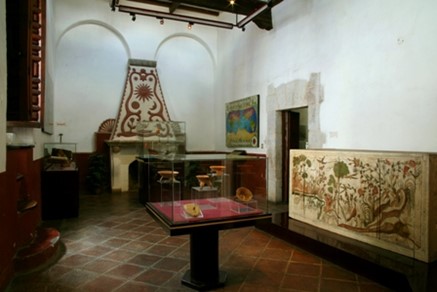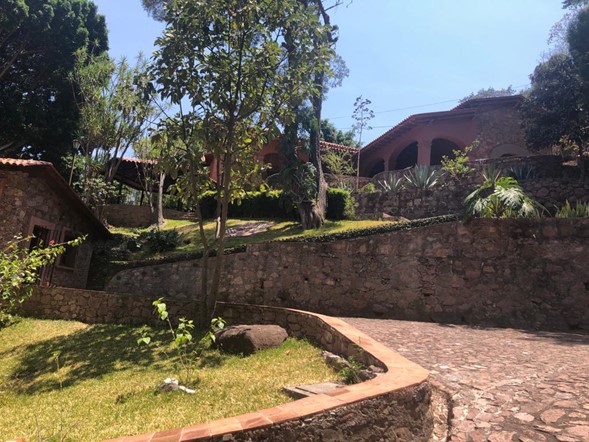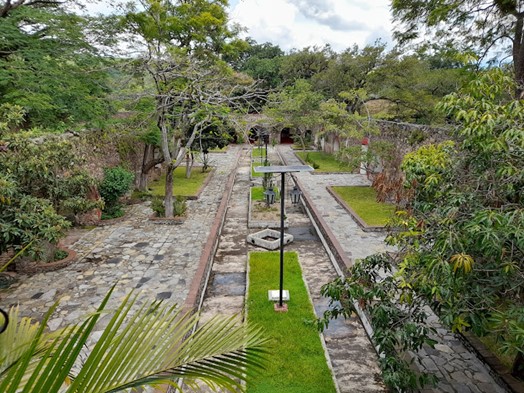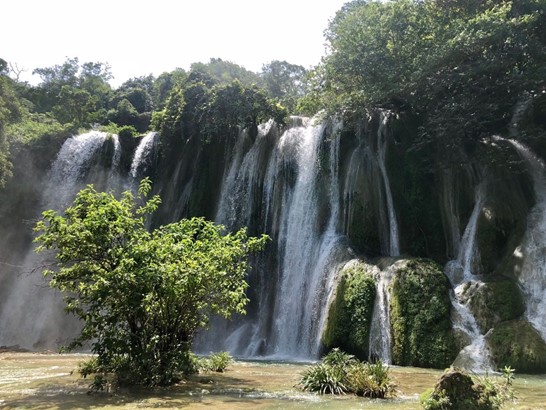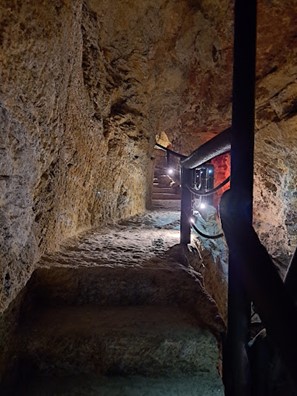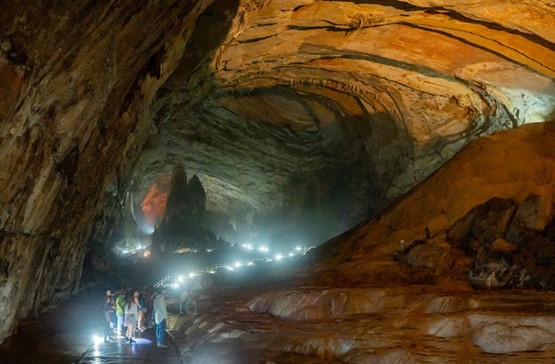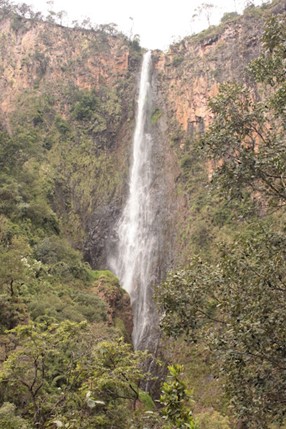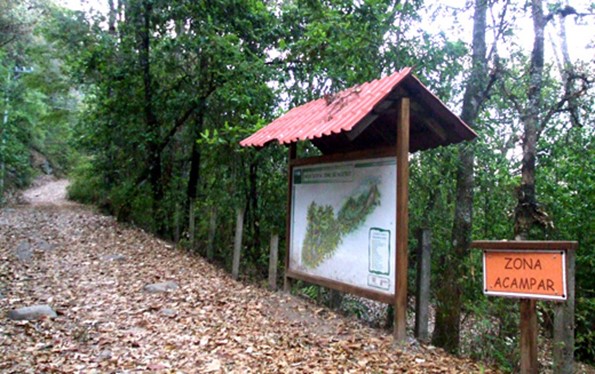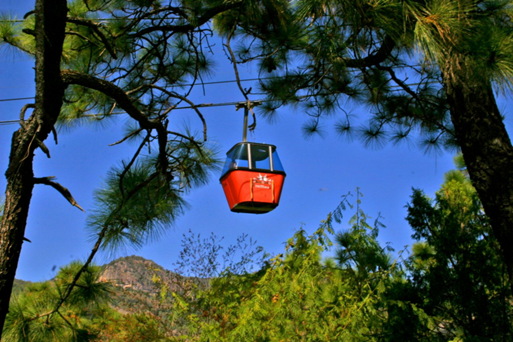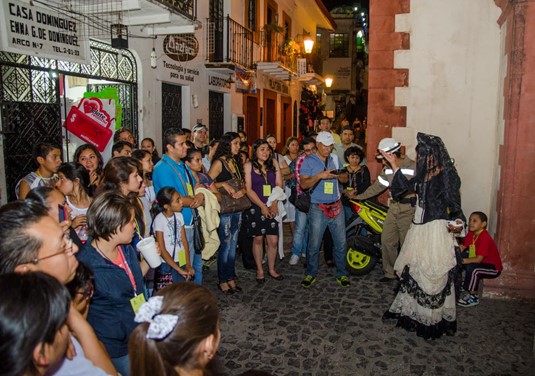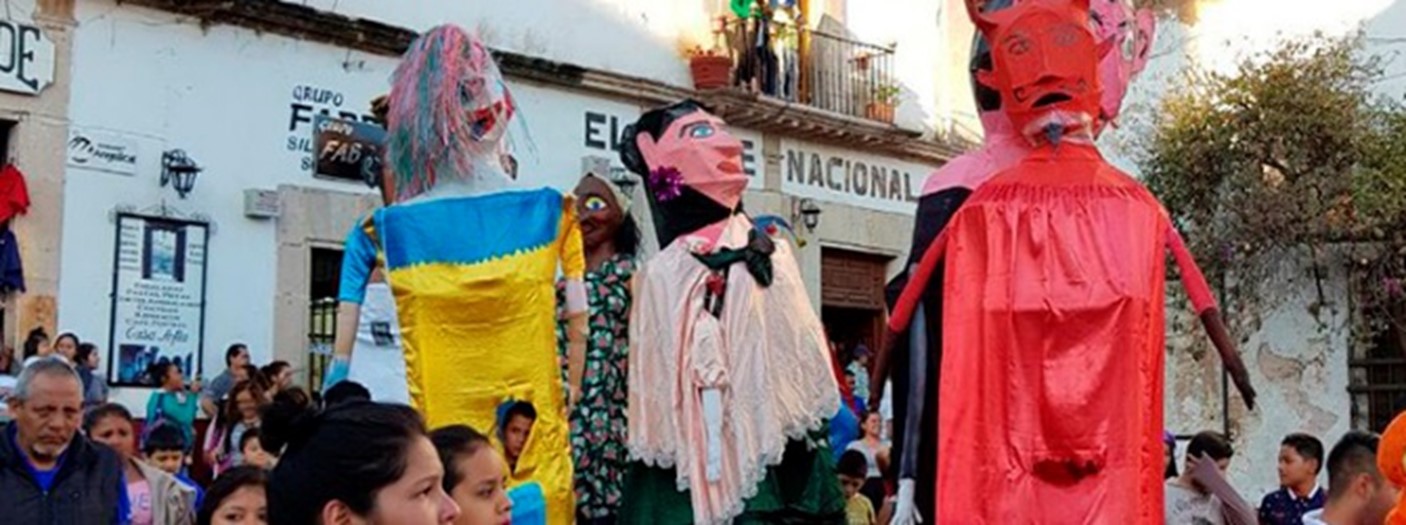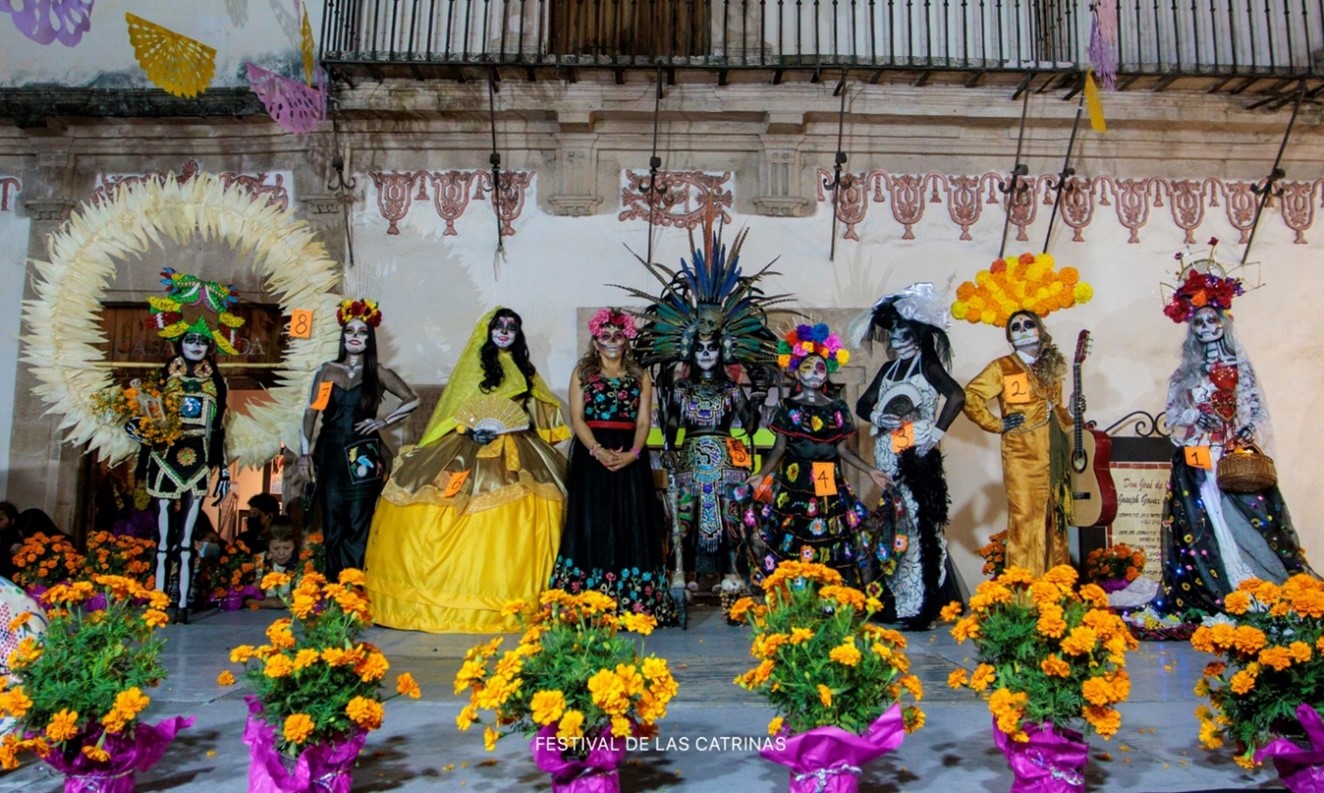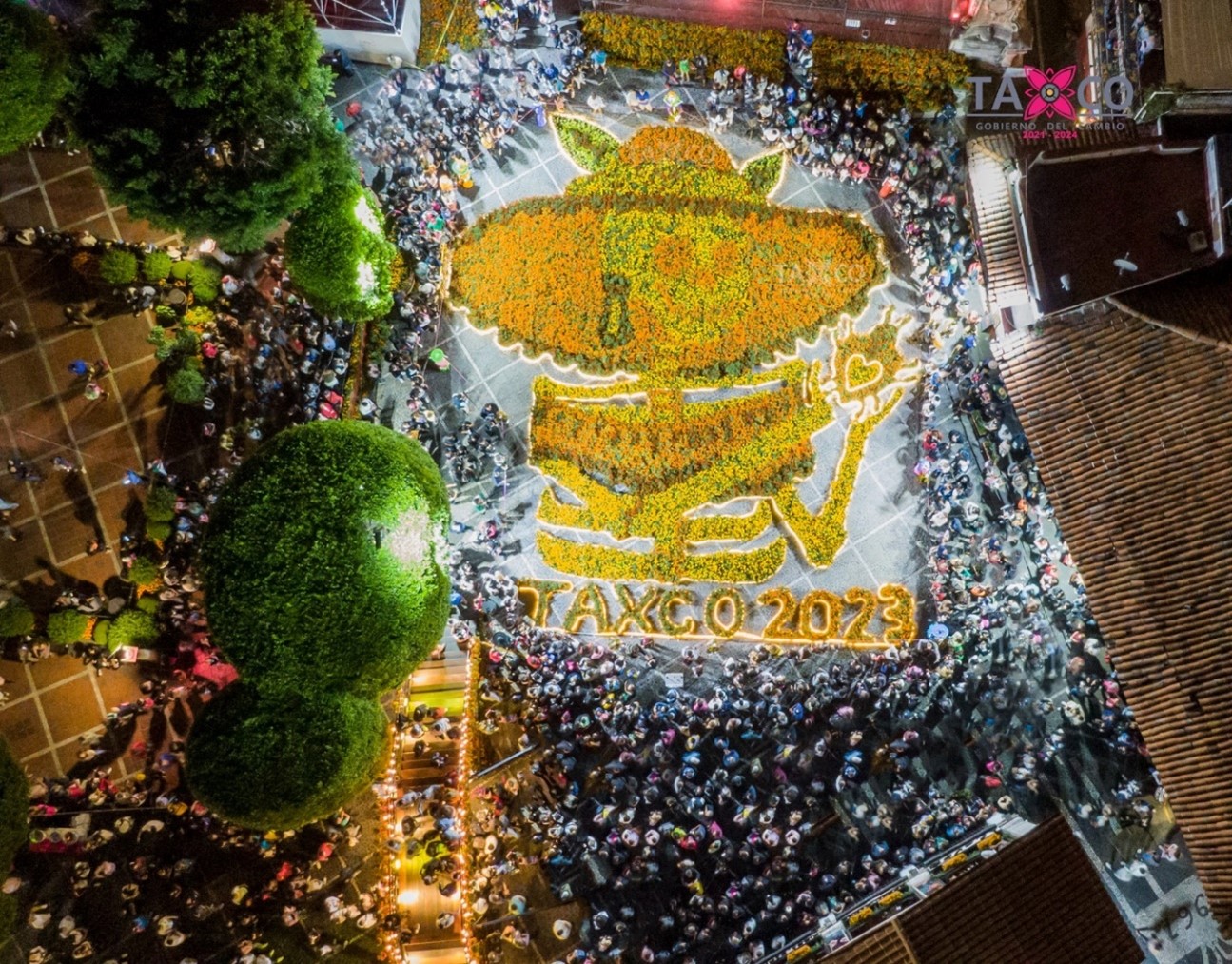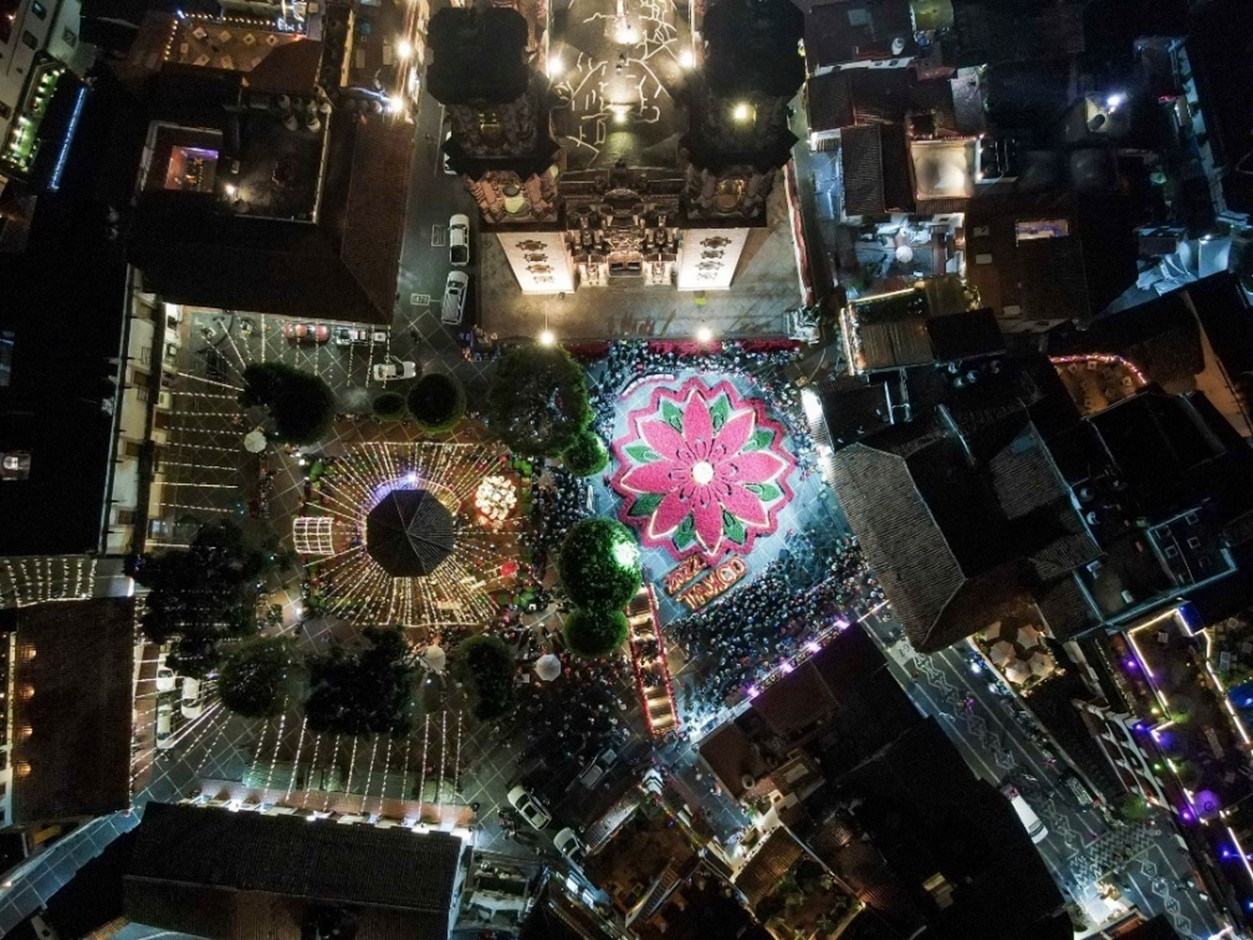DESCRIPTION

In pre-Hispanic times there was an indigenous settlement founded by tlahuicas to the south of the current town of Taxco with the name of Tachco, which means “place of the ball game” in Nahutal.
There came to be two villages: the indigenous one known as Taxco el Viejo, and the Spanish one, called Taxco el Nuevo, which is the one we know now. Its foundation took place in 1528, with the establishment of the mining camp, although the military conquest of the indigenous people of the region was carried out in 1531 at the hands of captains Rodrigo de Castañeda and Miguel Díaz de Auz. These captains participated in the development of the city, as they apparently founded the neighborhoods of Tlachcotecapan and Acayotla, today San Miguel and Guadalupe, with their respective temples built by Franciscan missionaries. Another character whose performance was decisive for the consolidation of the city was the wealthy miner Don José de la Borda, who with his economic power contributed to the growth of Taxco, sponsoring public works and religious constructions.
In 1580 the city saw the birth of the illustrious poet and playwright Juan Ruiz de Alarcón y Mendoza, whose literary fame went beyond Mexican borders and earned him that in 1872 the State Congress decreed the official name of the city as “Taxco de Alarcón”.
It is located at 1,752 meters above sea level, bordering to the north with the municipalities of Tetipac, Pilcaya and the State of Morelos; to the east by the State of Morelos and the municipalities of Buenavista de Cuéllar, Iguala de la Independencia, Teloloapan and Ixcateopan de Cuauhtémoc; to the west by the municipalities of Ixcateopan de Cuauhtémoc I, Pedro Ascencio Alquisiras and Tetipac. It has a territorial area of 648.51 km2. In 2020, the population in Taxco de Alarcón was 105,586 inhabitants (47.7% male and 52.3% female).

